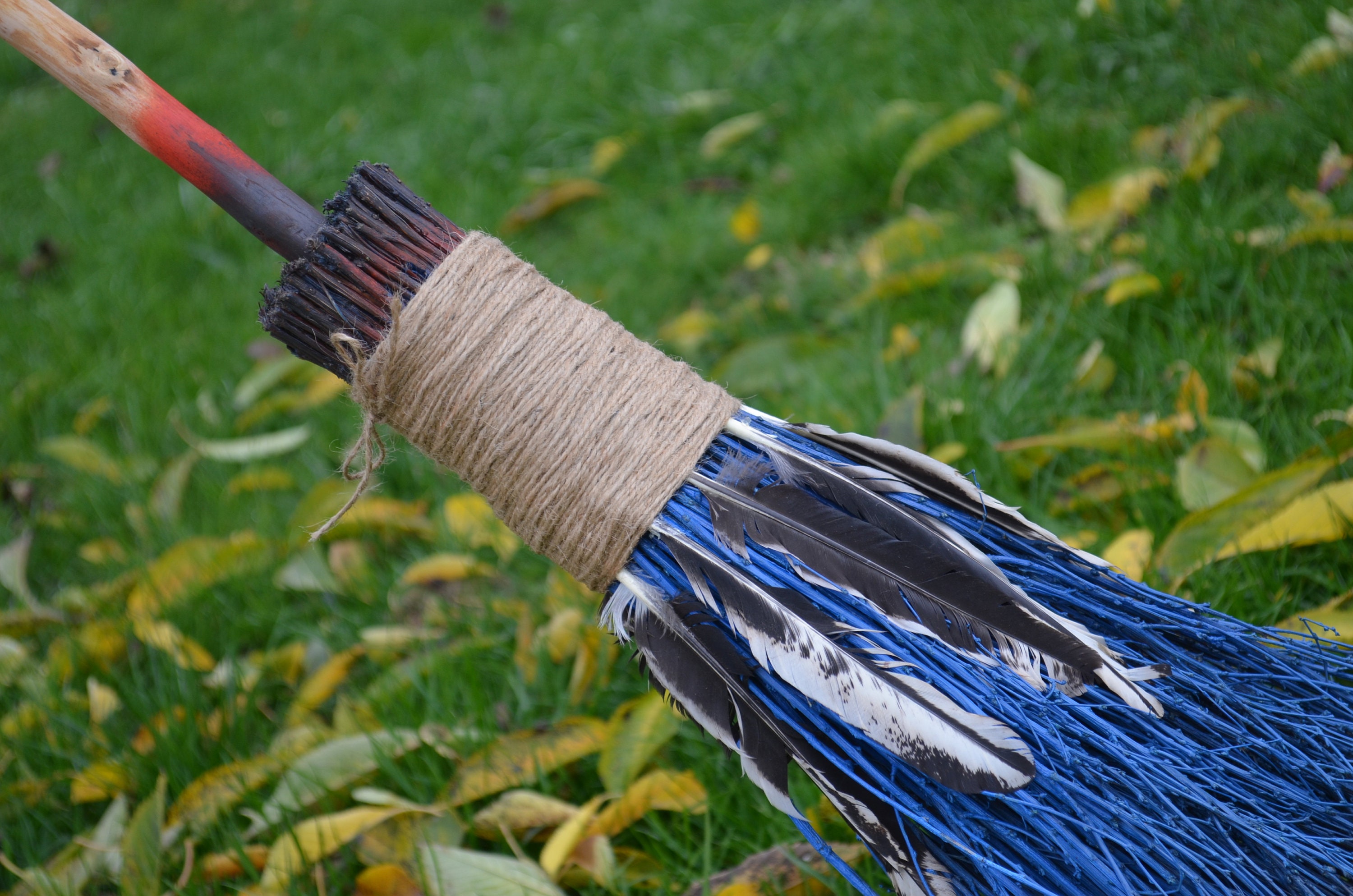
I’m going to guess, since you’re reading this blog, that you hold that same value. Biodiversity protection is also core to The Nature Conservancy’s mission. I disagree with the author on several key points, but it’s one of those books that asks you to look at your own values, something every conservationist should do. For a book-length examination of this nexus of values and conservation, I highly recommend Emma Marris’s provocative Wild Souls: Freedom and Flourishing in the Non-Human World. And there are times when it is necessary to reexamine values. © ComDesigns/TNCīut the “why” exists largely in the realm of values. Craters of the Moon National Monument and Preserve Sign.
Witches broom how to#
Science can even tell us how to most effectively kill a bunch of trees with witches’ broom. It can tell us if a species is threatened, or what forests hold the most species, or where migration corridors will face barriers. Science can tell us if a conservation action is effective.

It’s true that science plays a critical role this site is dedicated to the ways science can and should influence conservation. On values.Ĭonservation is fundamentally a values-driven enterprise. They killed them because those pines didn’t conform to a certain standard of how a tree “should” look. But that’s not really why park managers killed off 6,000 limber pines with witches’ brooms. And yes, the parasite eventually kills the host, but that is true of many complex ecological relationships.ĭwarf mistletoe can make a tree more susceptible to other, non-native pests. The limber pine and dwarf mistletoe evolved together, a relationship shaped over millennia. © Franco Folini / Flickr Aesthetics and Conservation Right? A dwarf mistletoe growing on a pine in California. An infected tree thus looks gnarled and disfigured. This branching is commonly known as witches’ broom. The tree’s growth slows and eventually it will die (but this can take decades).Īt the infection sites, the mistletoe causes dense branching of the pines. When a pine is infected with the mistletoe, the parasite diverts water and nutrients away from the tree. The dwarf mistletoe is a parasitic plant that relies on limber pine for water and nutrients. The National Park Service has long prioritized protecting these trees. They are a striking sight as they cling to life in small spaces between rubble and rock. Limber pines grow slowly at the monument. As the National Park Service notes, “It competes poorly with other tree species and typically grows on dry sites where few other trees can survive.” Dry sites like Craters of the Moon. One of the most common trees here is the limber pine. Volcanic rocks and limber pines at Craters of the Moon.

And where enough water and soil have accumulated in the lava, trees grow. A species of lava tube beetle is found nowhere else on earth. They’re darker in color here, the better to blend in with lava rock, and use the crevices to escape the heat.Ĭlark’s nutcrackers fly overhead and yellow-bellied marmots whistle from the cinder cones. Pikas, more commonly associated with high-alpine habitats, thrive in this seemingly harsh place.

This will bring you up close to cinder cones, lava tubes and lava caves, a geological wonderland.Īs you gaze across all that lava, your first impression might be that this is an inhospitable and barren landscape. The easiest way to explore the park is to drive the loop road and stop at the various hiking trails along the way. Walking on the Moonīy almost any standard, Craters of the Moon is a surreal, bizarre landscape, one shaped by millennia of lava flows. The trees surviving on the flowing lava fields of the Snake River plain are strong testament to that. Often, it’s based simply on aesthetics, on what we consider beautiful and what we consider ugly. Think conservation is always rational and science-based? Think again. In reality, it was done because the trees were ugly. The National Park Service justified this management as a way to protect forest health. In the 1960s, park managers cut and poisoned more than 6,000 trees at Craters of the Moon National Monument in southcentral Idaho.


 0 kommentar(er)
0 kommentar(er)
